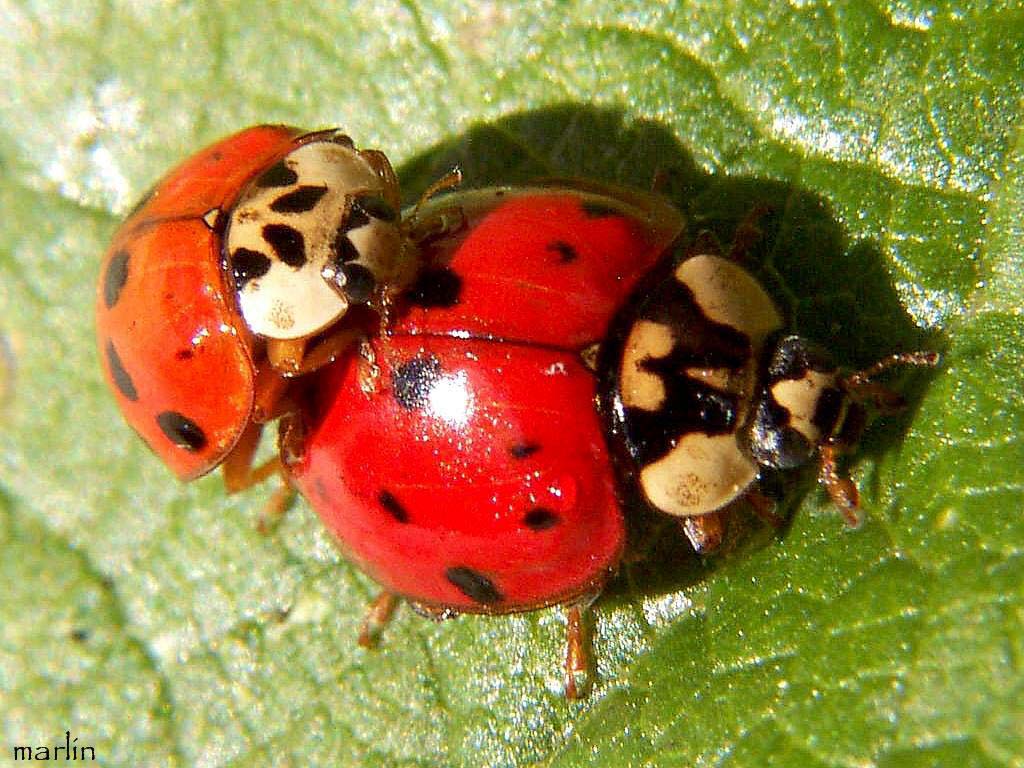Here are my favourite tidbits of info from today.
Brian Jordan has done a whole bunch (pun) of research on the effects of UV-B light on grape bunches. Southern cool climates, like TasVegas, have a lot more radiation, by up to 40%. A plant responds to this light by synthesising UV-B absorbing compounds and antioxidants, and down regulating primary metabolism. But these responses vary between plants. Increase your UV-B by leaf plucking and you increase your flavonoid concentration, but you also reduce amino acids and (for all you Tasmanian Cabernet lovers) methoxypyrazines.
Olga Makhotkina had a presentation titled "Why drink NZ Sauvignon Blanc Young?". My question is why drink NZ Savauge Blanc at all?
Elizabeth Tomasino gave an interesting chat about four chemicals that influence the aroma of Pinot Noir. Ethyl Octanoate (red berry fruits), 2 Phenyl Ethanol (violet), Ethyl Decanoate (works with ethyl octanoate to produce dark fruits) and Benzaldehyde (fruit, jam, oak?). Don't actually know how to affect the concentrations in the vineyard or winery, yet.
Kevin Kerr chatted about ladybug taint, yeah these guys:
The threshold for this is 1 part per trillion or 0.00000000001 gram for every litre. Once this gets in the wine there is no way to treat it. In one season the Canadian wine industry dumped 1 million litres of tainted wine. The researchers then tried to find out what attracts these guys onto the grape bunches. They connected a ladybug antennae between 2 electrodes to make an "antennaelectrogram", weird hey. It was found that PMS is a good deterrent. (By the way these guys don't hang out in TasVegas)
I then attended a workshop titled "It's all to do with technique and timing", I know, sounds sus. But it is all to do with spray timing and technique. It is probably the best workshop I have ever attended. It was given by Kathy Evans and Andrew Landers. Best points were:
- measure how effective your spraying is with water sensitive paper or "Surround", or how do you know
- spray droplet size for insecticides/fungicides needs to be between 119 and 216 um (how you measure this I don't know), bigger particles bounce off the leaves. Yeah bounce
- Air induction nozzles are a must, bigger particle size, but contain air bubbles which help to shatter the droplets on impact
- 25% reduction in PTO speed on an airblast sprayer reduces drift by 75%, 540 -> 400 rpm
- For Powdery Mildew:
- sulphur not needed before 5 leaves
- use your big guns, best sprays, from pre-flowering to early fruit set
- berries are resistant to new powdery mildew infections, 10 days after set. But flowering can take 3 weeks
Quote of the day is from Karl Forsyth, an engineer:
"Forest fires destroy the environment. Strip mining prevents forest fires. Mining Engineers are good for the environment."



Research in California has shown that sulfur sprays at budbreak initiate a release of ascospores and have some utility in overall disease management.
ReplyDeleteCheers for the comment anon, do you have a link to the research?
Delete